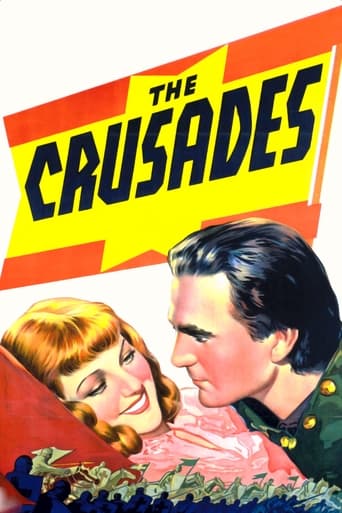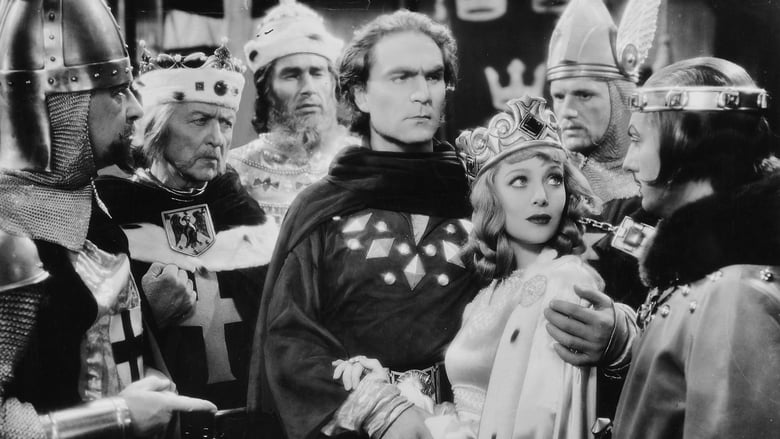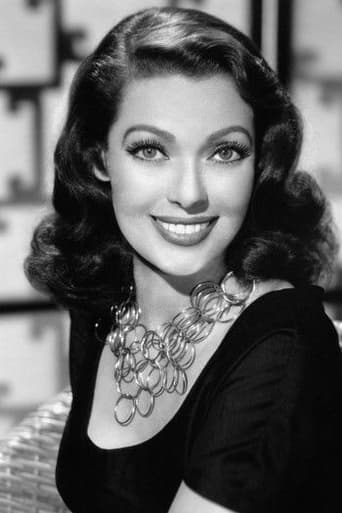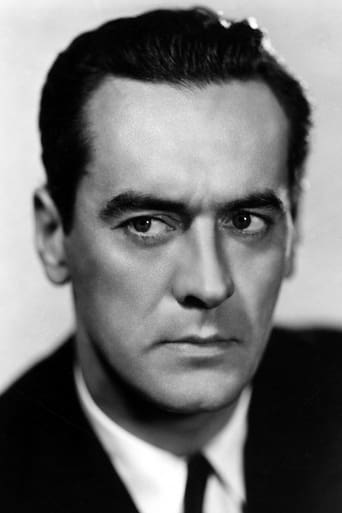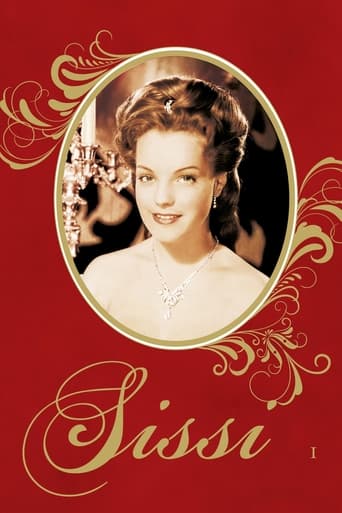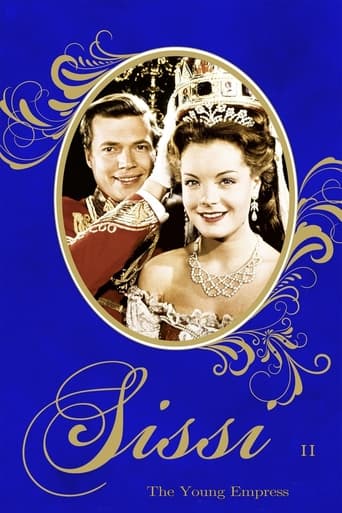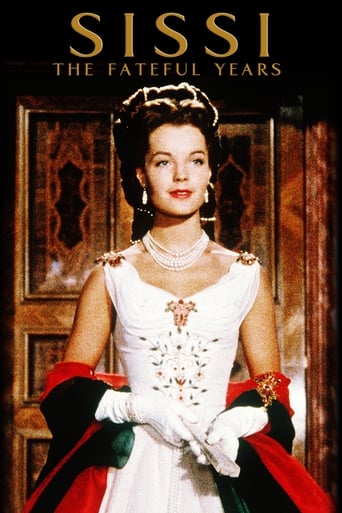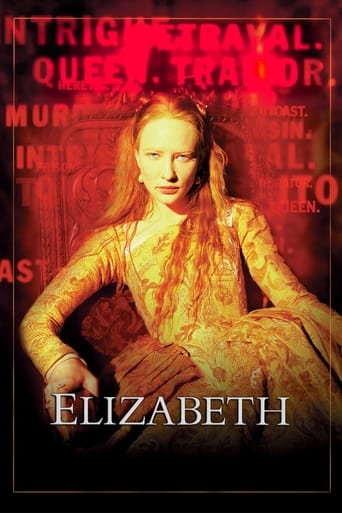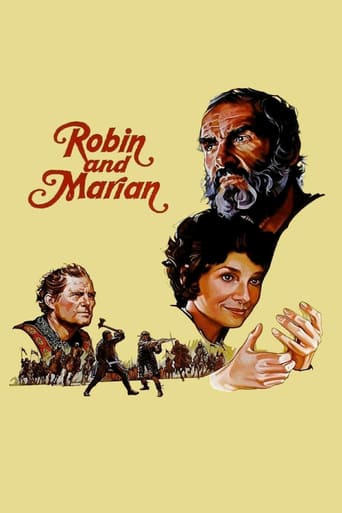The Crusades (1935)
King Richard the Lionhearted launches a crusade to preserve Christianity in Jerusalem.
Watch Trailer
Free Trial Channels
Cast


Similar titles
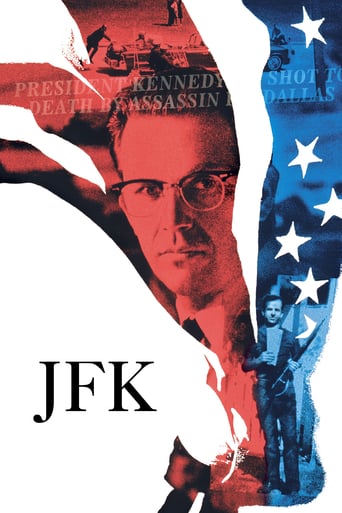
Reviews
Perfectly adorable
Good concept, poorly executed.
Great story, amazing characters, superb action, enthralling cinematography. Yes, this is something I am glad I spent money on.
A great movie, one of the best of this year. There was a bit of confusion at one point in the plot, but nothing serious.
Nobody ever accused DeMille of painstaking historical accuracy - his films are far more the type to set the mood and tell a good story with a historical period as a background. "The Crusades" is a prime example - historically Richard the Lionheart was a lousy king of England who barely spent a year in England during his entire reign - to him, England was merely a source for taxes and troops so he fight the his continental wars. The opening scene of the movie when the Chrisitians captured at Jerusalem are being sold into slavery (with the obligatory Muslim leering at the blonde Christian beauties) is also historically suspect. Saladin and his generals expected the Christian nobility that was captured at Jerusalem to ransom the common people prisoners. When they didn't, Saladin and his generals were so disgusted at such a lack of concern that they ended up ransoming many of the commoners themselves - supposedly Saladin personally ransomed several hundred so they could return to Europe. But I digress.This is a movie which contains a scene that has stayed with me for several decades. I doubt if it would play well today - I can't think of any actors who could pull it off. The scene is where the Christian leaders of the Crusade meet Saladin for the first time when Saladin comes to warn them to go back to Europe. The various Kings, dukes, et al are all seated and listen to Saladin's message. Richard the Lionheart then steps up and tells Saladin that the Christians aren't afraid, that their armies are powerful and to illustrate his point he has two servants hold an iron mace while he proceeds to cleave it in two with his sword. An impressive display of the strength of his blade. But Saladin has a priceless response. He walks over to Berengaria and asks if he can have her silk veil. He takes the veil, tosses it into the air, and then pulls his own sword and positions it below the falling veil, blade up. The veil falls onto the blade and is cut in two by its own weight - for this was a famed Damascus blade. Saladin's point - brute strength isn't everything. Of course, all of the Christian nobles just drop their mouths in utter shock at the demonstration. A priceless scene - and an illustration of the "little things" that separate a humdrum film from one you enjoy watching time and time again.
To begin with, being a fan of the epic genre, I had always wanted to check this one out and, in fact, was very pleased when Universal released it as part of their 5-Disc Cecil B. De Mille collection; however, since I already owned both THE SIGN OF THE CROSS (1932) and CLEOPATRA (1934) via TCM showings, I kept postponing the purchase of this set until I acquired the lot through a friend of my father's! Having been duly impressed with those two De Mille spectaculars, I had intended to watch this immediately (I got the film around the middle of last year) but for various reasons I even had to exclude it from my Christmas viewing I could only get to it now that Easter is approaching! Incidentally, the 5th of March happened to mark the centenary from the birth of actor Rex Harrison, who had starred as Saladin (the villainous 'infidel' of THE CRUSADES) in KING RICHARD AND THE CRUSADERS (1954), which I recorded off Italian TV (even if I had already watched it and in spite of its poor reputation) expressly for the purpose of accompanying my viewing of De Mille's film! Anyway, THE CRUSADES is another notable achievement (from the days prior to the epic heyday of the 1950s and 1960s) which goes to prove yet again that De Mille was perhaps cinema's greatest purveyor of hokum disguised as inspirational art for the masses (even if this particular example, reportedly, flopped at the box-office).The central relationship between gorgeous Loretta Young (such strong female presences abound in the director's work) and De Mille regular Henry Wilcoxon (an unusually handsome, and Godless, Richard the Lionheart amusingly referred to by Saladin as "The Lion King"!) goes through some interesting, yet oddly believable, tangents during the course of the film. Starting off in antagonistic vein more typical of then-current screwball comedies (he even prefers carousing with his men to their wedding ceremony, where his place is eventually taken by the royal sword!), it develops into one that borders on amour fou which could jeopardize the outcome of the whole crusade (it's actually comparable to the bond-to-the-death between Roman centurion Fredric March and Christian slave Elissa Landi in the earlier THE SIGN OF THE CROSS)! The excellent supporting cast includes, among others, Ian Keith (as Saladin), Joseph Schildkarut (typically sneaky as one of the Christian rulers), C. Henry Gordon (as the French King, whose sister Katharine De Mille the director's adopted daughter Richard has deliberately spurned), Alan Hale (as Richard's minstrel/sidekick, a Little John type that would soon become his trademark), C. Aubrey Smith (as the old hermit who is challenged by the overly confident Saladin at the beginning of the picture to rally the Christian countries in a crusade against his forces and, later, made hostage and chained to a cross to bar passage to the advancing army, he asks Richard to proceed with the attack regardless!) and Mischa Auer (in an early role as a monk).While the script obviously eschews the Robin Hood legend that has become associated with Richard and the Crusades (the Douglas Fairbanks version of 1922 about that popular outlaw figure, in fact, spends more time with him as a knight than the proverbial 'Merrie Man'!), subtlety is still the last thing one would hope to find in a De Mille pageant. In fact, Young's abduction by the Muslims (with her dressed as a sentry in a suicidal bid to end the discord between the various royals!) is pretty contrived; similarly, the fact that Young is contended in the terms laid down by Saladin for the truce with the Christian world is pure Hollywood. With this in mind, the dialogue (co-written by Dudley Nichols) is consciously stilted throughout albeit featuring such good lines as Saladin's defiant claim to the monarchs gathered in their tent, "There is room enough in Asia to bury all of you!" Made after the dreaded (and stifling) Hays Code came into force, it's not as bloodthirsty as the afore-mentioned THE SIGN OF THE CROSS even so, the battle scenes are quite realistic (with the clanging of heavy steel being heard as the opposing armies clash in a confusion of warriors and horses) and may well have influenced Sergei Eisenstein's Alexander NEVSKY (1938). There is one evident display of viciousness here on an isolated member of Schildkraut's treacherous army as a clutch of Muslim riders (appearing on the scene to rescue the cornered Wilcoxon at the instigation of Saladin himself, in the hope of thus winning Young's love) fall on him en masse with their spears. Boasting superlative photography (Victor Milner's work in this capacity presented the film with its sole Oscar nomination) and massive crowd scenes, the film survives as tremendous entertainment even after all these years. Incidentally, it seemed common practice in spectacles of the era to provide villains of the Muslim persuasion as can be gathered from the likes of ABDUL THE DAMNED (1935; a British production I first watched over Christmas), THE LIVES OF A BENGAL LANCER (1935), THE CHARGE OF THE LIGHT BRIGADE (1936) and GUNGA DIN (1939).
After the release of Ridley Scott's KINGDOM OF HEAVEN and 70 years after the premiere of DeMille's CRUSADES, I found it interesting to see the film. Cecil B DeMille is usually associated with ancient or biblical epics like TEN COMMANDMENTS, CLEOPATRA, KING OF KINGS or THE SIGN OF THE CROSS. However, after the two great epics of the early 1930s, he made a movie about a different historical period, the infamous crusades that aimed at protecting the Holy Land from the Muslim "infidels". The problem with this film, however, is that it looks historical but contains serious historical inaccuracies. Therefore, it cannot be treated as a serious historical epic and it is not a history lesson whatsoever. Nevertheless, it is a very interesting movie being an authentic look at DeMille's talents and a real 1930s movie. Consequently, it can still touch some of the 21 century viewers, particularly classic movie fans.CHARACTERS: Most of the names that we hear in THE CRUSADES are historical. They are, however, showed in a different perspective and addressed to the audiences of that time. DeMille calls our attention foremost to Richard the Lionheart (Henry Wilcoxon) and his lovely wife princess Berengaria (Loretta Young). Richard is a man of courage, a king who, unlike other kings, is close to his people. But, he joins the crusade due to entirely different reasons than other kings. He does not have any faith in the cross he is to wear but wants to escape marriage with Alice (Katherine DeMille), the sister of Philip, king of France. On the way to the Holy Land, he meets the love of his life, Berengaria, a very noble and pure lady who, in the long run, changes Richard into a peacemaker and believer. These two characters are very well developed and their plot has much to say to today's viewer: the love between a man and a woman does not have to be based on sex only. Their love is mostly a spiritual love rather than sexual one (so appreciated by Medieval people). It is showed a bit humorously in the moment when Richard dares jump into his wife's bed, dedicated to John, Matthew, Luke and Mark... Another character that needs mentioning is the Hermit (C.Aubrey Smith). This is a man of great courage and faith whose sole aim in life is the cross. "Take the Cross to your hearts," as he says to the people in England gathered to join the crusade is a particularly powerful moment.CAST: Even though Henry Wilcoxon plays the main role, he is not that good in this movie. As a matter of fact, I far more liked his performance in CLEOPATRA (1934). His acting, behavior of a proud man suits Antony very well but does not suit Richard that well. Stars who deserve highest attention in this movie are C.Aubrey Smith as the Hermit, Ian Keith as Saladin, and Joseph Schildkraut as Conrad, Marquis of Montferrat. Smith memorably presents a stereotypical hermit (this face and this voice!), Keith stresses Saladin's wisdom and an indefatigable desire to defend his religion. He shines in the scene when visiting the royal assembly. Finally Schildkraut undeniably deserves careful attention in his magnificent portrayal of conspiring Conrad. It is true that his role is distorted historically, but he does, in this performance alone, a terrific job. Loretta Young's performance, however, is far from masterpiece. Sometimes, she is sweeter than chocolate with sugar.DIFFERENT DeMILLE: It is noticeable that THE CRUSADES, though an epic, concentrates more on message rather than lavish sets and costumes. As a result, DeMille is less noticeable than in lavish CLEOPATRA or THE SIGN OF THE CROSS. What we get here is the story, vivid characters, message of peace. That is very important to state since a lot of people associate DeMille ONLY with sets, visual effects, costumes and bathes. Here, he gives something more. It is true that there are monumental moments, like the siege of Acre or a touching scene of crusaders leaving their families for the Holy Land, but they are not in the main focus.This film is filled with one more thing that I consider significant to mention, SYMBOLISM. It is in other DeMille's movies too, but never that much as in THE CRUSADES. The most memorable moment is a scene of salvation. Simple crusaders die and just before their last breath, they desire to touch the Cross. They climb high steps enlightened by the light coming from above. It is similar to Christians going to arena in THE SIGH OF THE CROSS, but here, it really seems that DeMille wanted to show a vision of heaven.In the end, the film shows the victory of peace. It is a historical fairy tale but partly refers to the period of peace between Christians and Muslims termed by Saladin. This led another director to make a movie, 70 years later... THE CRUSADES, however, is still entertaining in some way. It is not for historians, but a must see for all DeMille's fans and all people interested in early talkies. 7/10!
THE CRUSADES is a film of awesome power with some of the finest costumes, epic battles and all the pagentry expected of the legendary Cecil B. DeMille. Henry Wilcoxon's Richard the Lionheart gives (along with his star turn as Marc Anthony in DeMille's CLEOPATRA the previous year) the greatest performance of his entire career. Mesmerizing in its power, just as effective today as when it was filmed in 1935. A must-see for all who esteem the epic/spectacle genre. Fine performances given by an all-star cast right down to DeMille regulars in supporting roles. They don't get much better than this!

